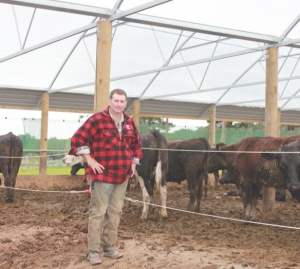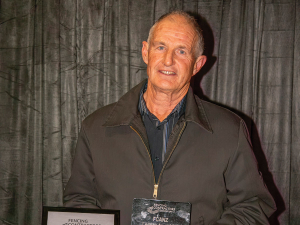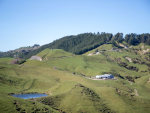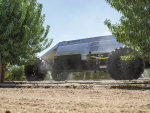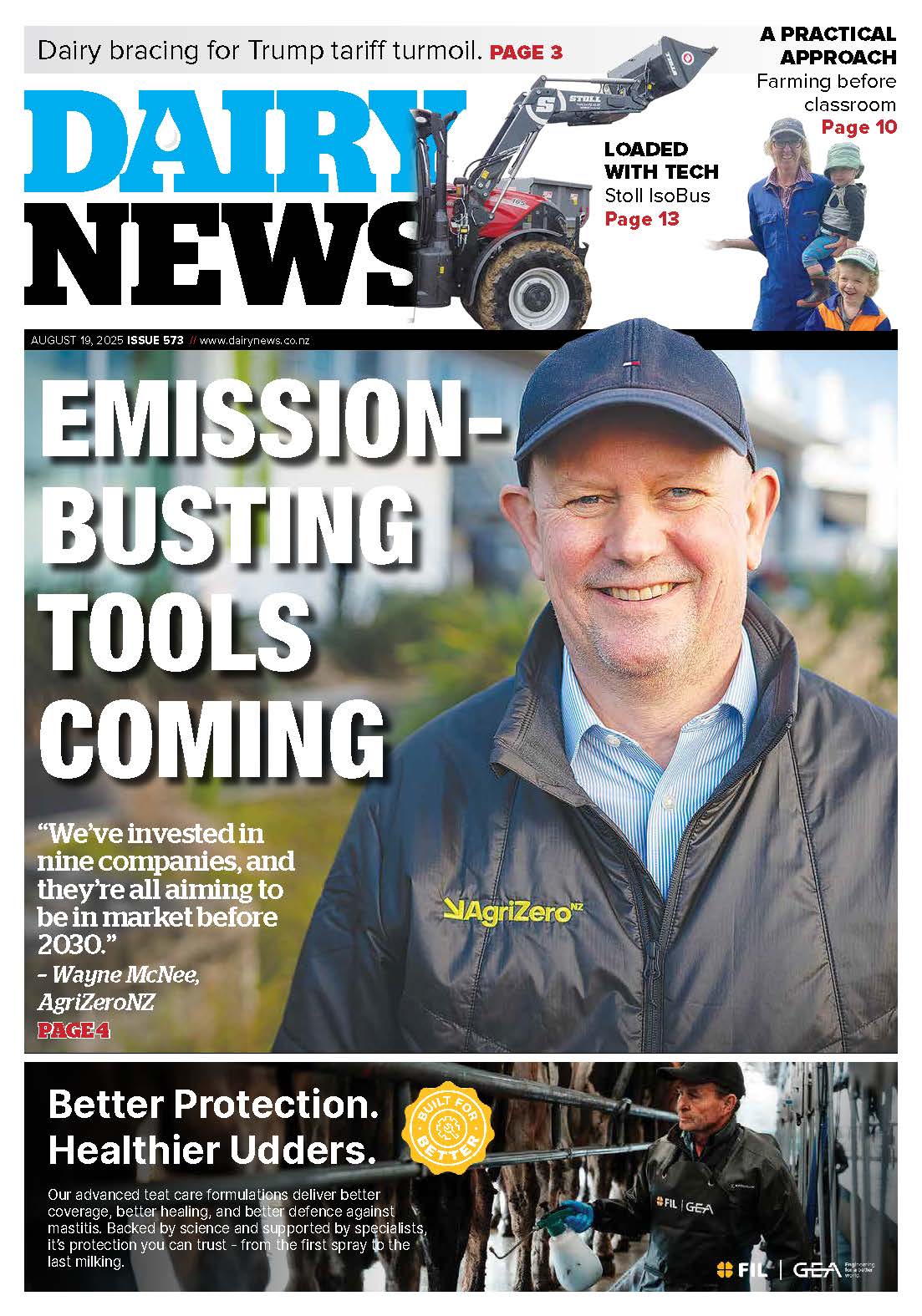Grant and Christine West normally farm close to 600 cattle, though last season’s drought saw them overwinter 496 this year. They also had 2180 sheep on the 446ha moderate hill country property they farm 43km southwest of Whangarei.
With 4.4 sheep for every cattle stock unit they run, sheep and cattle are equally important parts of the operation, but they’ve identified increasing weaned lamb liveweight as a central goal for the next three seasons.
If we could wean our lambs heavier we could get them to the works faster - it changes the whole farm,”Grant commented to a recent Beef + Lamb New Zealand field day on the property.
To achieve that they’re aiming to get more food into ewes, which in turn means better management of Kikuyu-based pastures is needed, keeping growth under control to retain quality, while preventing pugging to preserve future production.
“We’ve got to farm our summers!”
While pugging prevention has always been a priority, there was no way it could entirely be prevented and every winter about 130ha or 30% of the property would suffer some damage.
Confining the area with high yield/ha crops for grazing in winter/spring also wasn’t an option as it would destroy the soil on the clay hills, and the flats flood almost every year.
West decided the answer was to get stock off the paddocks completely when conditions were wet by building a covered shelter and setting up an on-off grazing programme for two-year-old bulls and steers.
The 30m by 20m structure was finished by the end of June this year, just in time for 120 R2s to go in.
West had initially hoped to have a 200-cow barn, but with the many unknowns of a new system he thought going half way, for a start, would be a good idea.
Having a roofed structure, instead of an open feed pad, cost extra but saved more in reducing the scale and complexity of effluent system needed, he says.
Effluent from the barn is simply scraped off the floor once a week into a covered silo at the end of the structure. Up to three months’ “production”can be stored before digging out into spreaders for use as base fertiliser on maize paddocks.
He reckons the effluent’s nutrient value is around $2000 and as it is dry and indoors there is no need for a resource consent or expensive effluent pond system.
Stock will always overnight in the shed during winter, and go out to graze if conditions permit during the day, staying in if not. They get 12kgDM/day as a mix of pasture, grass silage and maize silage.
Last season’s drought saw animals go into the barn at 370kg on average, instead of the intended 420kg, so this winter the barn has “partially rebuilt drought cattle.”
During July weight-gain was only 0.6kg/day which West attributes to acclimatization to a new feed regime. Through August they did 1.2kg/day.
A Farmax model completed by AgFirst Northland regional consultant Bob Thomson showed West needs two 120-cow barns to eliminate pugging but the one barn alone should boost lamb weights and allow West to increase stocking rate to earn an $25,321/year, giving the shed just over a five-year payback.
West says he is very happy with what he has got out of the barn so far – more pasture and less stress – and hopes to expand it in due course. Christine adds that rainy nights aren’t nearly the worry they once were.





